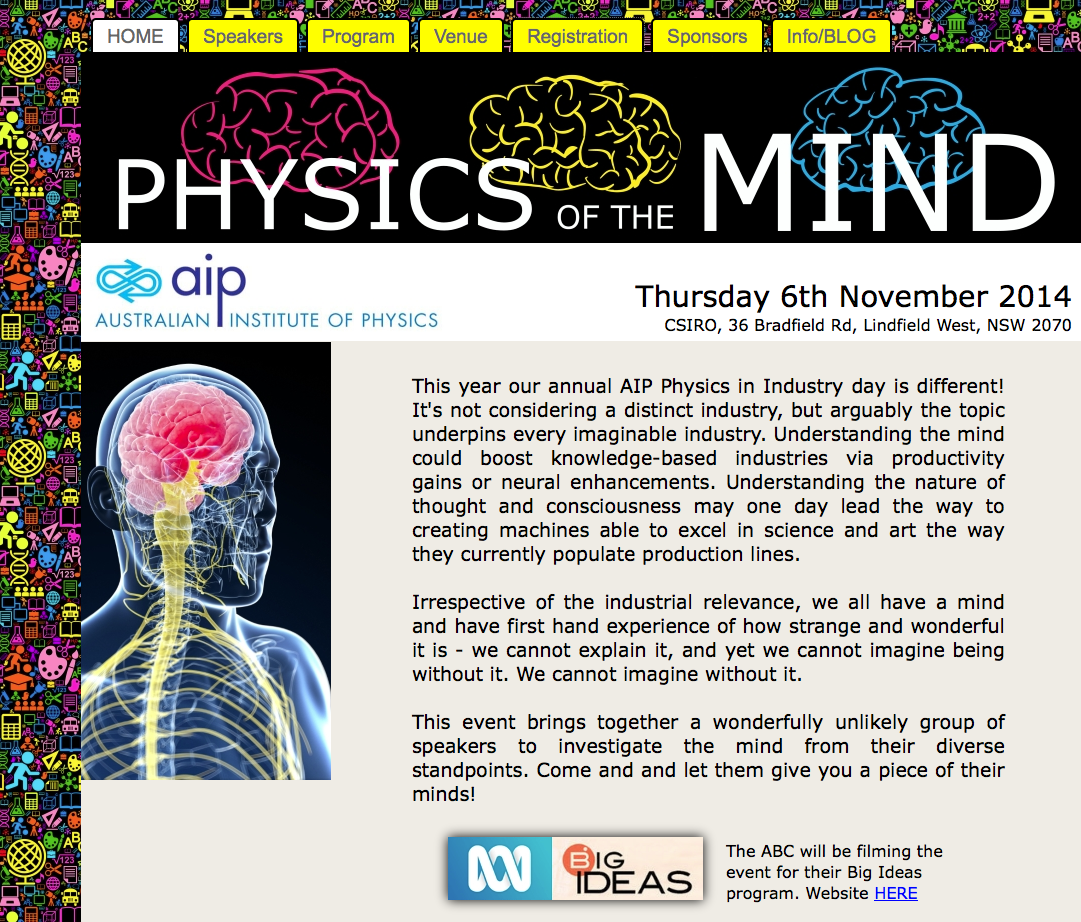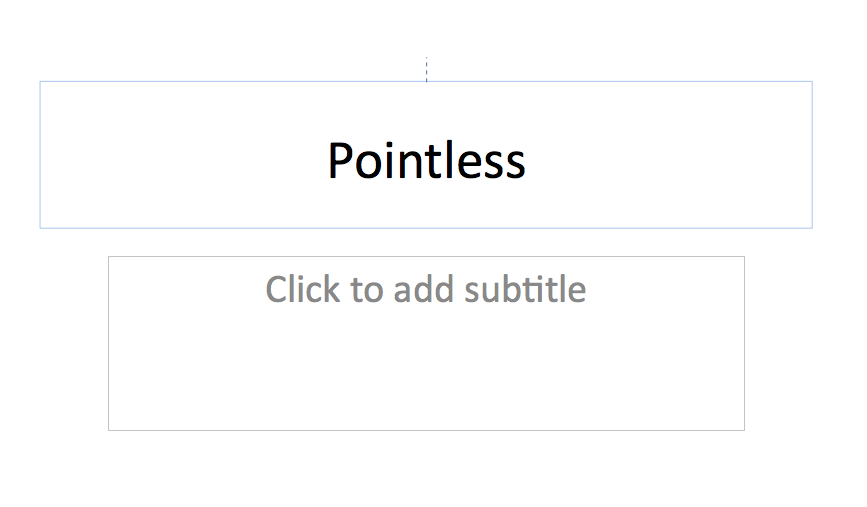Crowd of One is an interesting book by John Henry Clippinger, a senior fellow at the Beckman Centre for Internet & Society at Harvard Law School. One of the central thoughts of the book is that people only become themselves through their relationship with others. If we become isolated our growth becomes stunted. Critical to this thought is another, namely that technology is changing our territorial and psychological boundaries.
This point is picked up by Sherry Turkle at MIT who argues that: “what people mostly want from public spaces these days is to be left alone with their personal networks” and that a new “state of self” is now developing whereby people can transport themselves somewhere else at the touch off a button.
I think I’ve witnessed this first hand. First on holiday where numerous couples were sunbathing next to a swimming pool, each of them on some kind of portable electronic device. What were they doing? I have no idea but they certainly weren’t talking to each other. They were undoubtedly connected to something but I couldn’t tell you whether their ‘self’ was developing or not.
The second instance was when I took my brother’s kids to an indoor playground. Soon after I sat down a couple in their late twenties sat down next to me with a girl aged perhaps six years of age. The girl was dispatched into the safe play area and both parents took out Blackberries and proceeded to check email. They did this for over sixty minutes without once speaking to each other or acknowledging the presence of their small daughter. Again, they were certainly connected but to what and for what reason I’m not sure.
It’s the same at work. Ten or fifteen years ago people didn’t take calls in the middle of meetings. Today it’s commonplace. I was in a meeting with News Corp not so long ago when someone from their ad agency took a call and the rest of the room was put on hold for almost ten minutes until the call had ended. You can see this teleportation process in operation in countless restaurants too where couples are talking to each one minute and then divert to receiving phone calls or checking emails the next.
Back in the day this would have been considered rather rude and people would have switched these devices off or hidden them under the table. These days it’s just considered normal and these devices are proudly and openly on public display.
In short, we are becoming so tethered to our electronic devices that we never entirely switch off and escape from the presence of others. Now this may be a very good thing in terms of the development of individual identity, because we are constantly connected to other people, but I wonder what it’s doing to the quality of our thinking.
Firstly, our connectedness to others through digital networks means that a culture of rapid response has developed in which the speed of our response is sometimes considered more important than its substance. We shoot off email mails that are half thought out and long-term strategic thinking is constrained by a lack of proper thinking time. We are always responding to what’s urgent rather than what’s important. I could have probably put all that together a lot better but I’m pushed for time and really can’t be bothered.
This connectedness is constant but our full attention is only partial as a result. Linda Stone, an ex Microsoft researcher, coined the term Constant Partial Attention to describe the fact that we feel some kind of need to scan electronic and digital environments to ensure that we are not missing out on something more important. We don’t want to be left out of the loop. As a result, nobody feels secure enough to leave these electronic devices off for an hour during a meeting, let alone for a week when they are sitting next to a pool on holiday.
But it’s not necessarily speed that worries me. There is evidence from Malcolm Gladwell and others that many of our best decisions are made when we have little or no time to think. We can probably get away with this for a while, especially when the decisions that need to be made are fairly unimportant, but sooner or later I suspect our lack of aloneness and reflection will catch up with us.
We just don’t switch off, ever, which means we never truly create the time to properly reflect. We scroll through our days without thinking about what we are really doing or where we are ultimately going.







